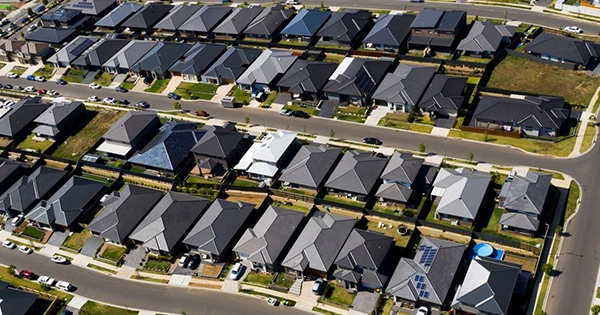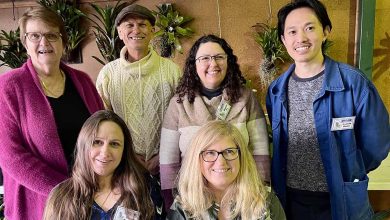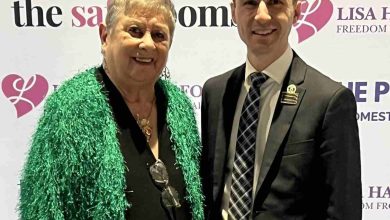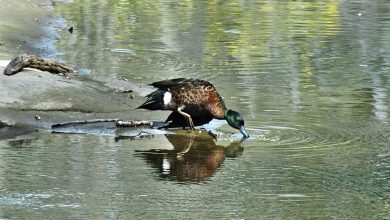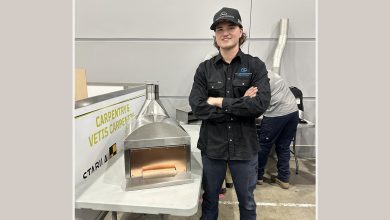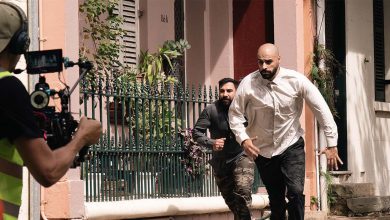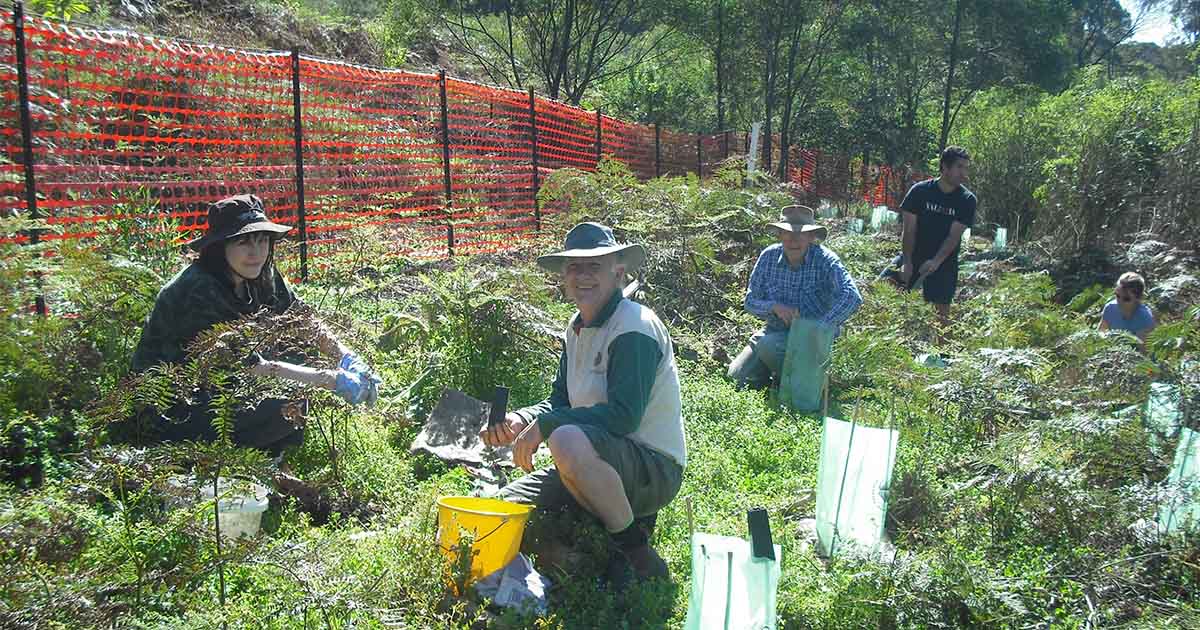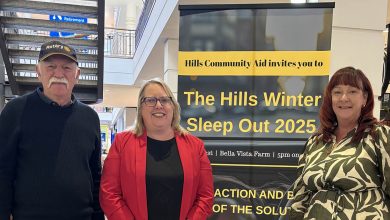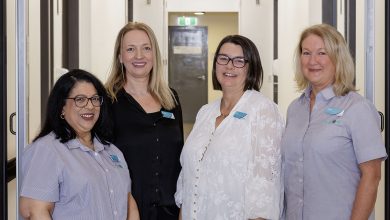Environment Climate Change Concerns
LOCAL GP and resident Dr Kim Loo who is also NSW Chair of Doctors for the Environment Australia is urging local councils to take major steps in reforming and improving building codes to mitigate heat stress.
She says local councils could be leading the way by insisting on simple guidelines for new builds including roof color, double glazing, solar panels and eaves.
“More people have died in heat waves than all-natural disasters combined (*Exploring 167 years of vulnerability – An examination of extreme heat events in Australia 1844-2010).
“I have been doing house calls in three different council areas (Hills, Hawkesbury and Blacktown) since 1995 and seeing the landscape transformed to a sea of black roofs is beyond heartbreak and disappointing … as it is my patients who are being impacted.”
Dr Loo, a member of The Hills Doctors Association and the NSW Council Australian Medical Association, has spent six years advocating for “better policies” at all levels of government, saying heatwaves can have a catastrophic impact on all aspects of life and work.
“Western Sydney during heat waves is frequently 10 degrees hotter than the rest of Sydney because of this Urban Heat Island effect and where it is located geographically.
“The urban heat island effect is being perpetuated with houses built with poor thermal efficiency, close together with dark roofs. The outcome is that to have a safe temperature inside the house, air conditioning is needed,” she said.
“Air conditioning increase ambient temperatures by emission of hot air outside and increases power bills. It is a vicious cycle.”
She says the resultant “hot boxes” are expensive to run and often there are no trees nearby or greenery to offer a cooler option.
“Policymakers have known for years that building our communities in this way increases trapped heat. There is so much evidence that trees and green spaces help cool. And yet houses are built with no ability for the owners to plant trees or other plants to do this.”
Dr Loo said: “As heatwaves and extremely hot days are on the rise with global warming, our built infrastructure, the community is not prepared. There is no formal framework at a local, state, or federal level to deal with the heat at this moment in time.
“Global warming has been recognised as the greatest threat to our health in the 21st century by the Australian Medical Association and all medical colleges in Australia. Including my medical college, The Royal Australian College of General Practice.
“Australia has already reached 1.5 degrees higher than the preindustrial age which translated to temperatures close to 50 degrees in Richmond and Penrith. “
*Exploring 167 years of vulnerability – An examination of extreme heat events in Australia 1844-2010) Published In the journal Environmental Science and Policy. Authors are Lucinda Coates, Katherine Haynes , James O’Brien, John McAerney, Felipe Dimer De Oliveira.

